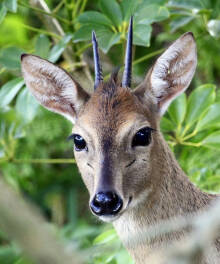
Walter's Duiker (scientific name: Philantomba walteri), foreign name Walter's Duiker, no subspecies.The Walter's duiker is a deer-like mammal and a new species of antelope that was first discovered in a bushmeat market in West Africa. The paper confirming the new species was published in...
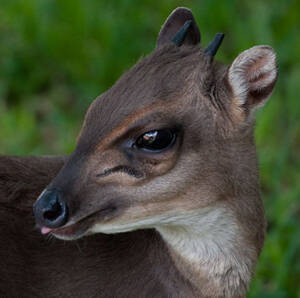
Blue Duiker (scientific name: Philantomba monticola) is also known as Blue Duiker in English. There are 12 subspecies.Blue Duiker is most active at dawn and dusk. It mainly feeds on fruits, leaves, flowers, fungi, seeds, and sometimes insects and even small animals. Like other antelopes, they can fo...

Brown duiker (scientific name: Philantomba maxwellii) English Maxwell's Duiker, French Céphalophe de Maxwell, German Céphalophe de Maxwell, has 2 subspecies.The ranges of the brown duiker have set areas with paths through the vegetation around them. Males mark their territories before feeding...
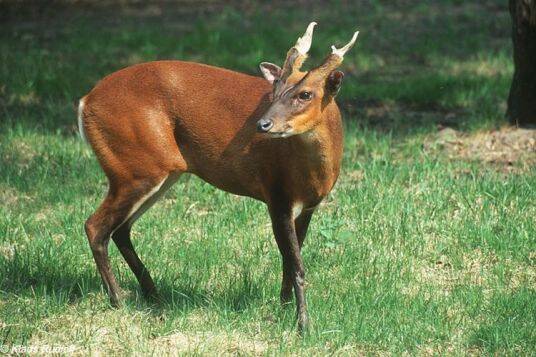
The scientific name of Indian Red Muntjac is Muntiacus vaginalis. Its foreign names include Barking Deer, Indian Muntjac, Indian Red Muntjac, and Northern Red Muntjac. Similar to the Yellow Muntjac, it will bark when in danger, so it is also called the Barking Deer. Except for the mating season, it...
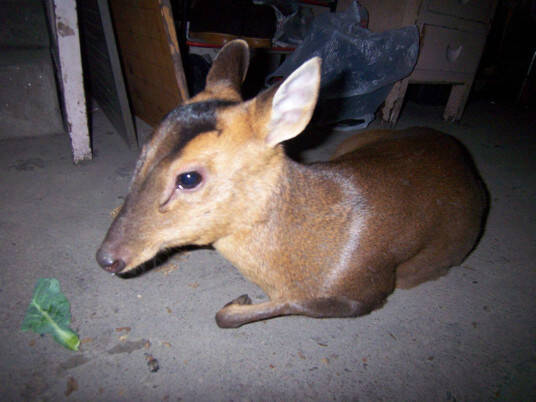
The scientific name of the Truong Son Muntjac is Muntiacus truongsonensis, and its foreign names are Annamite Muntjac, Annam Black Muntjac, Annamite Dark Muntjac, Pygmy Muntjac, Truongson Muntjac, and Truong Son Muntjac. It was discovered in Truong Son, Vietnam and its surrounding areas in 1997. It...
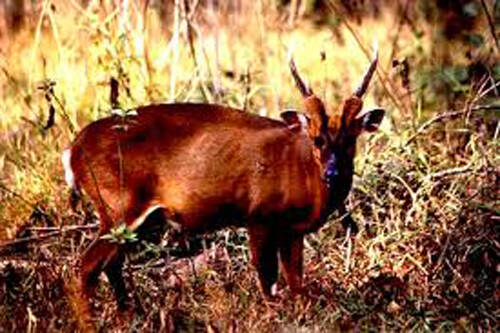
Roosevelt's Barking Deer is a subspecies of the Barking Deer, and was proposed as a separate species by the Field Museum in 1929 on a hunting expedition led by Theodore (JNR) and Kermit Roosevelt. The specimen provided by the museum was slightly larger than the common small muntjac, and DNA test...
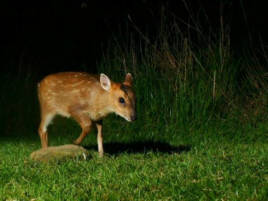
Leaf Muntjac (scientific name: Muntiacus putaoensis) is also known as Leaf Muntjac and Leaf Deer. It has no subspecies and is the smallest muntjac in the world.Leaf Muntjac is solitary. This is consistent with the view that leaf muntjacs represent an ancient group of muntjacs. Ancient muntjacs were...
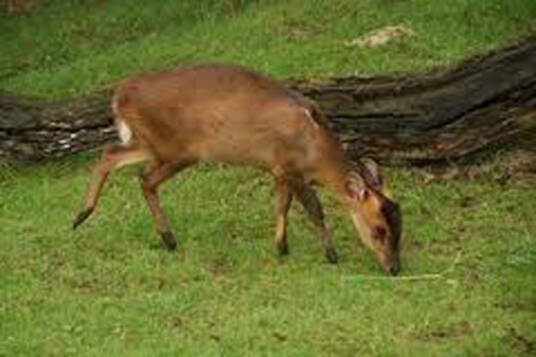
The scientific name of the Puhoat Muntjac is Muntiacus puhoatensis, and its foreign name is Puhoat Muntjac. It is a newly discovered species that is only distributed in the Pu hoat area of Vietnam, which borders Laos. Some scientists also believe that the Puhoat Muntjac and the Luo Muntjac are the s...
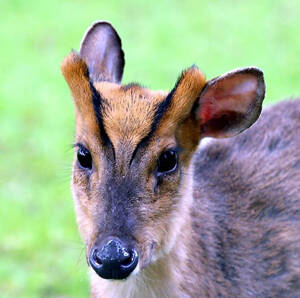
The scientific name of the Sumatran Muntjac is Muntiacus montanus, and its foreign name is Sumatran Muntjac. It is a solitary animal with timid and cautious habits. It mostly forages at night or in the early morning and dusk, and hides in the bushes to rest during the day. When frightened, it can ma...

The Vietnamese giant muntjac, scientifically known as Muntiacus vuquangensis, is a species of muntjac. It is the largest muntjac species in the world and was discovered in Ha Tinh Province, Vietnam and central Laos in 1994. The giant muntjac is a solitary animal with timid habits. It mostly forages...
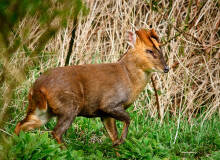
The scientific name of the Bornean Yellow Muntjac is Muntiacus atherodes, and its foreign names are Bornean Yellow Muntjac and Bornean Yellow Muntjack. It has only been recognized as an independent species in recent years. Its antlers are only 7 cm long, which is smaller than those of ordinary muntj...
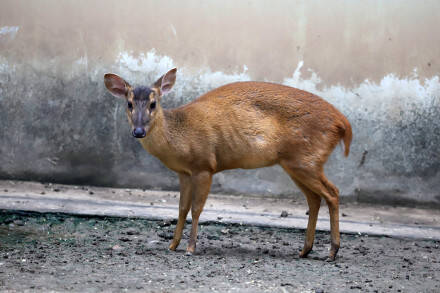
Muntiacus reevesi (scientific name: Chinese Muntjak, Formosan Reeves' Muntjac, Reeve's Muntjac, Reeves's Muntjac), has three subspecies and is a small deer animal.The activity pattern of the small muntjac is similar to that of the red muntjac. It is an animal active during the day, and i...
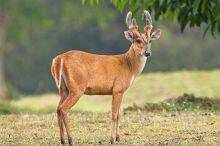
Red Muntjac (scientific name: Muntiacus muntjak) is also known as Bornean Red Muntjac. It has 17 subspecies and is the largest species among muntjacs.Red muntjacs often appear around the forest, especially in the morning and evening, and are less active during the day. Their calls are rarely heard f...
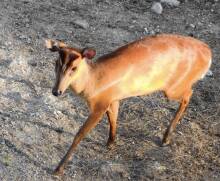
Fea's Muntjac (scientific name: Muntiacus feae) is also known as Fea's Muntjac and Forest muntjac in foreign languages. It has no subspecies.Philippine muntjacs often move alone, and when startled, they often swim across streams and hide in the forest on the other side. When frightened by pr...
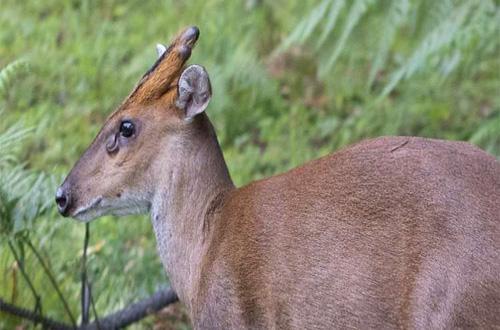
Gongshan Muntjac has no subspecies and belongs to the medium-sized muntjac.Gongshan Muntjac generally moves alone at night, is more active in the early morning and dusk, and is less active during the day. They like to eat green grass on the grass slopes at the edge of the forest, and also eat fresh...
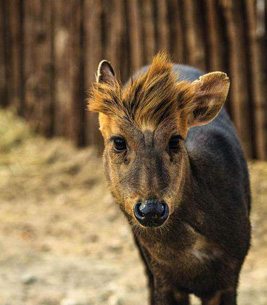
Black fronted Muntjac is a larger species of muntjac, and its appearance is very similar to the Gongshan Muntjac distributed in western Yunnan and Myanmar.Black muntjacs are timid and cowardly, with a strong sense of fear. They are mostly active in the morning and evening. During the day, they often...